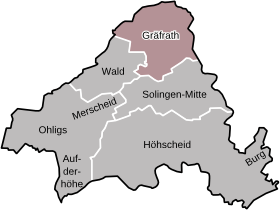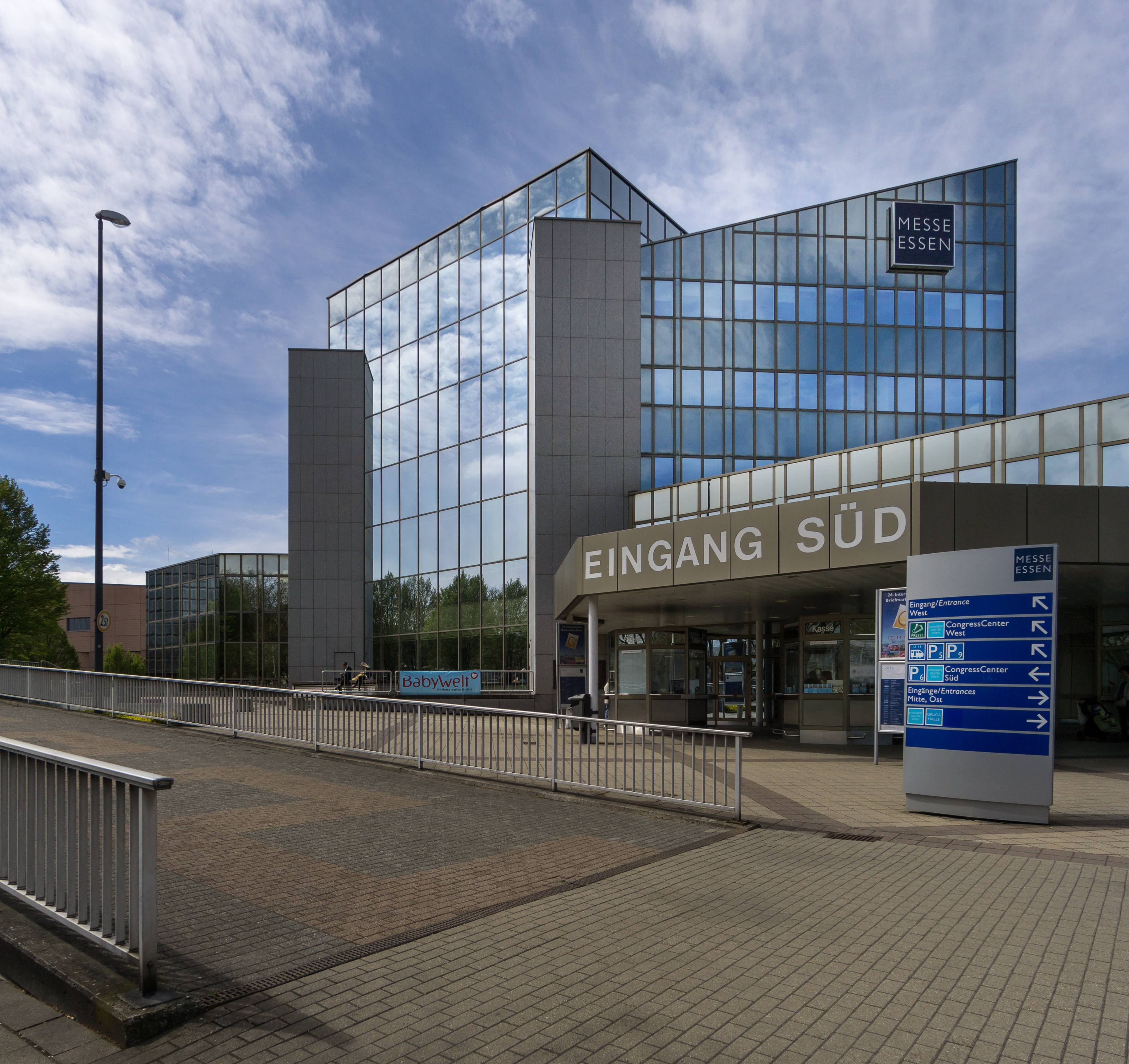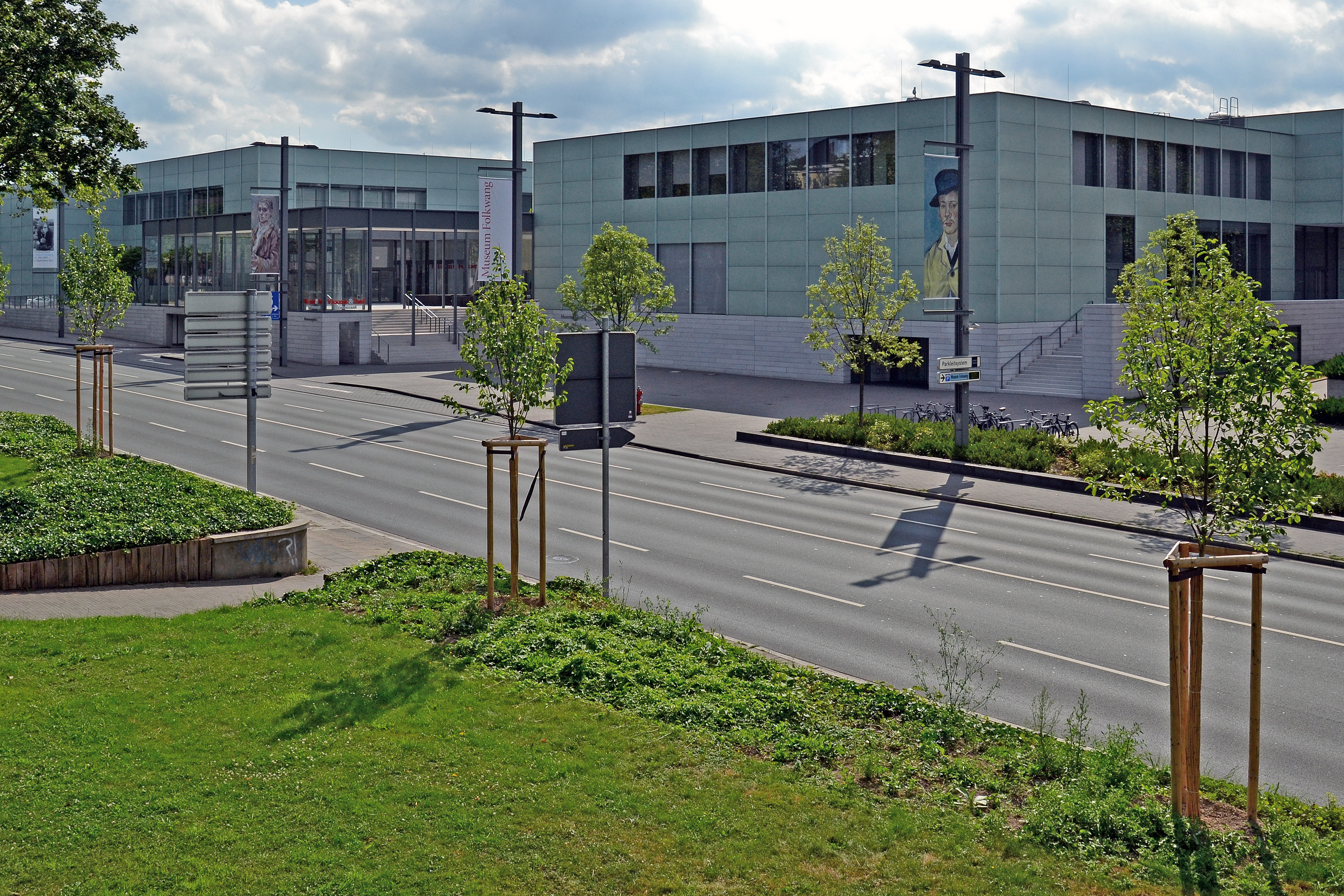|
Bundesstraße 224
The Bundesstraße 224 or B 224 is a German federal highway in North Rhine-Westphalia. Route description The B 224 runs from Raesfeld in southern Münsterland through the city of Gelsenkirchen in the Ruhr area and Essen in the Bergische Land, and ending in Solingen. From the Gelsenkirchen-Hassel junction the B 224 continues on the A 52, which ends shortly before Gladbeck and continues as the B 224. After joining with the A 44 at the Velbert-Nord interchange, the B 224 becomes concurrent with the A 535, splitting off before the Sonnborner Kreuz interchange, continuing into Solingen, where it continues as the B 229. Route / Junctions See also *List of federal highways in Germany The following is a list of the German federal highways or ''Bundesstraßen''. This does not include the autobahns. Numbering system The ''Bundesstraßen'' do not have a numbering system like that used for German '' autobahns'' (motorways), but ... References 224 Roads in Nort ... [...More Info...] [...Related Items...] OR: [Wikipedia] [Google] [Baidu] |
Raesfeld
Raesfeld () is a municipality in the district of Borken in the state of North Rhine-Westphalia, Germany. It is located approximately 10 km south of Borken and 30 km east of the Dutch border. Raesfeld's landmark is the moated castle , originally built in the 13th century and extended and remodeled in Renaissance style in the 17th century. It is now primarily used by the state of North Rhine-Westphalia as a center for the teaching of crafts; the formal gardens have been lost, but the wildlife park has been restored and is part of the European Garden Heritage Network. The municipality of Raesfeld includes , a village within the that has an ancient oak, the , thought to be 600–850 years old and named for Vehmic court The Vehmic courts, ''Vehmgericht'', holy vehme, or simply Vehm, also spelt ''Feme'', ''Vehmegericht'', ''Fehmgericht'', are names given to a "proto-vigilante" tribunal system of Westphalia in Germany active during the later Middle Ages, based on a f ... se ... [...More Info...] [...Related Items...] OR: [Wikipedia] [Google] [Baidu] |
Gräfrath
Gräfrath or Graefrath is a district of Solingen in the German federal state of North Rhine-Westphalia, about east of Düsseldorf. History There was an abbey An abbey is a type of monastery used by members of a religious order under the governance of an abbot or abbess. Abbeys provide a complex of buildings and land for religious activities, work, and housing of Christian monks and nuns. The conce ... in Gräfrath from 1185 to 1803. In the past, iron, steel, and weaving were important economic activities. References External links Solingen {{Solingen-geo-stub ... [...More Info...] [...Related Items...] OR: [Wikipedia] [Google] [Baidu] |
Velbert
Velbert ( Low Rhenish: ''Vèlbed'') is a town in the district of Mettmann, in the German state of North Rhine-Westphalia. The town is renowned worldwide for the production of locks and fittings. Geography Velbert is located on the hills of 'Niederberg' (meaning ''Lower Mountain''), part of the Berg region, approx. 20 kilometres north-east of the capital of North Rhine Westphalia, Düsseldorf, and 12 kilometers north-west of Wuppertal on the south side of the Ruhr river. Velbert stands on the highest part of the Niederberg region and also in its centre. Its average elevation is around 230 metres above sea level; its highest point, at 303 metres, is the ''Hordt-Berg'', and its lowest, at around 70.6 metres, is in Nierenhof am Deilbach. The highest point in Velbert itself is 263 metres above sea level, at the corner of Friedrichstraße and Langenberger Straße. Incorporation As part of the reform of local government districts in North Rhine-Westphalia that came into effect on 1 J ... [...More Info...] [...Related Items...] OR: [Wikipedia] [Google] [Baidu] |
Essen-Werden
Werden is a southern borough of the city of Essen in Germany. It belongs to the city district ''IX Werden/Kettwig/Bredeney'' and has 9,998 inhabitants as of June 30, 2006. The borough occupies a space of and is situated at a median height of . __TOC__ History The history of Werden can be traced back to St. Ludger, who founded Werden Abbey at the end of the 8th century. His stone coffin is preserved in the crypt. In 1317, Werden was granted city rights. The Abbey buildings have housed the Folkwang Hochschule since 1927. The ("Silver Bible"), traditionally ascribed to bishop Ulfilas, was discovered in the abbey in the 16th century. The town was merged into Essen on August 1, 1929. From 1931 to 1933, the was created, a large reservoir of the Ruhr (river), Ruhr. Traffic The Bundesstraße 224 goes through the centre of Werden, with a high traffic load. Essen-Werden railway station provides access to the S-Bahn trains of the Rhine-Ruhr S-Bahn's S6 (Rhine-Ruhr S-Bahn), S6 line. ... [...More Info...] [...Related Items...] OR: [Wikipedia] [Google] [Baidu] |
Messe Essen
The Messe Essen is the exhibition centre of the city of Essen, North Rhine-Westphalia, Germany. It is located in the Rüttenscheid borough near the Grugapark. It is the 9th largest exhibition centre in Germany. History Though there had been a trade exhibition in the Saalbau Essen in 1893, the first real trade fair of the city was the ''Gewerbeschau Essen'' on 21 April 1913 near the Grugahalle. In 1921, an association was founded for the organization of the fairs. At the same time, Messehalle V was erected. Today, the Grugahalle stands on the foundation of this hall. In 1944, the Messe compound was destroyed by the allied bombings. Exhibitions were resumed in 1949. In 1971, the operating company of ''Gemeinnützige Ausstellungsgesellschaft mbH'' was renamed the ''Ausstellungs- und Messegesellschaft mbH Essen (AMGE)'', since 1982 it is called ''Messe Essen GmbH''. New halls were opened in 1983 and 1990. In 2000, Halle 3 went into operation. With a length of 230 meters, a width of ... [...More Info...] [...Related Items...] OR: [Wikipedia] [Google] [Baidu] |
Museum Folkwang
Museum Folkwang is a major collection of 19th- and 20th-century art in Essen, Germany. The museum was established in 1922 by merging the Essener Kunstmuseum, which was founded in 1906, and the private Folkwang Museum of the collector and patron Karl Ernst Osthaus in Hagen, founded in 1902. The term ''Folkwang'' derives from the name of the afterlife meadow of the dead, Fólkvangr, presided over by the Norse goddess Freyja. Museum Folkwang incorporates the Deutsche Plakat Museum (German poster museum), comprising circa 340,000 posters from politics, economy and culture. During a visit in Essen in 1932, Paul J. Sachs called the Folkwang "the most beautiful museum in the world." In 2007, David Chipperfield designed an extension, which was built onto the older building. History Museum Folkwang in the Nazi era , director of the museum in the 1920s and 1930s, and earlier directors, had made the museum's collection of modern art into one of the leading collections in the worl ... [...More Info...] [...Related Items...] OR: [Wikipedia] [Google] [Baidu] |
Universität Duisburg-Essen
The University of Duisburg-Essen (german: link=no, Universität Duisburg-Essen) is a public research university in North Rhine-Westphalia, Germany. In the 2019 ''Times Higher Education World University Rankings'', the university was awarded 194th place in the world. It was originally founded in 1654 and re-established on 1 January 2003, as a merger of the Gerhard Mercator University of Duisburg and the university of Essen. It is based in both the cities of Duisburg and Essen, and a part of University Alliance Metropolis Ruhr. With its 12 departments and around 40,000 students, the University of Duisburg-Essen is among the 10 largest German universities. Since 2014, research income has risen by 150 percent. Natural science and engineering are ranked within the top 10 in Germany, and the humanities are within the top 20 to 30. Especially, the physics field is ranked in the top 1 in Germany. History Origins: University of Duisburg (1555) The university's origins date bac ... [...More Info...] [...Related Items...] OR: [Wikipedia] [Google] [Baidu] |
Essen-Altenessen
Altenessen is a northern borough of the city of Essen, Germany. Officially it is divided into the two boroughs of Altenessen-Nord (''Altenessen-North'') and Altenessen-Süd (''Altenessen-South''). Because of its size, Altenessen was divided into two parts, when it was incorporated into the city of Essen in 1915. Essen.de Around 44.000 people live here. The is located in Altenessen. Geography Altenessen borders the boroughs of[...More Info...] [...Related Items...] OR: [Wikipedia] [Google] [Baidu] |
Pfeil Unten
Pfeil may refer to: People * Friedrich Wilhelm Leopold Pfeil (1783-1859), forestry scientist and founder of the Royal Prussian Higher Forestry College in Eberswalde, Germany * Bobby Pfeil (born 1943), American right-handed Major League Baseball third baseman * David Pfeil (born 1967), American soccer midfielder * Fred Pfeil (1949–2005), American literary critic and novelist * Joachim von Pfeil (1857–1924), German explorer and colonist in Africa and New Guinea * Mark Pfeil (born 1951), American professional golfer * Enzio von Pfeil (born 1953), German economist * Count Jefferson von Pfeil und Klein-Ellguth (born 1967), German noble * Valentin Pfeil (born 1988), Austrian long distance runner Other * Dornier Pfeil, a German aircraft from World War II, a heavy fighter * Pfeil (schooner) Pfeil may refer to: People * Friedrich Wilhelm Leopold Pfeil (1783-1859), forestry scientist and founder of the Royal Prussian Higher Forestry College in Eberswalde, Germany * Bo ... [...More Info...] [...Related Items...] OR: [Wikipedia] [Google] [Baidu] |




